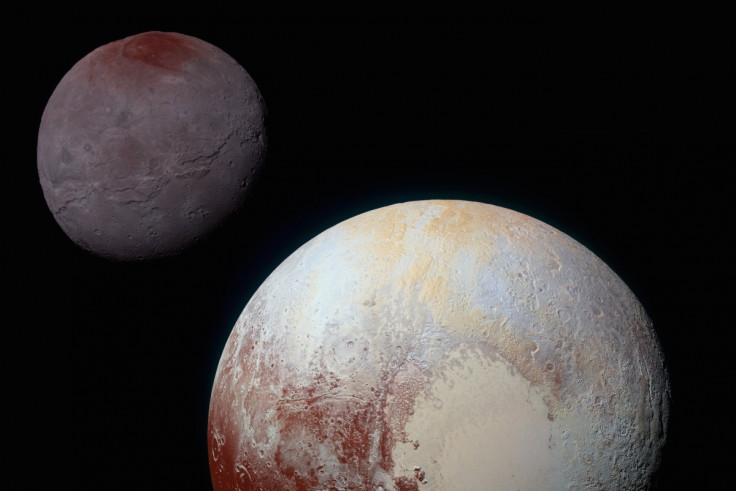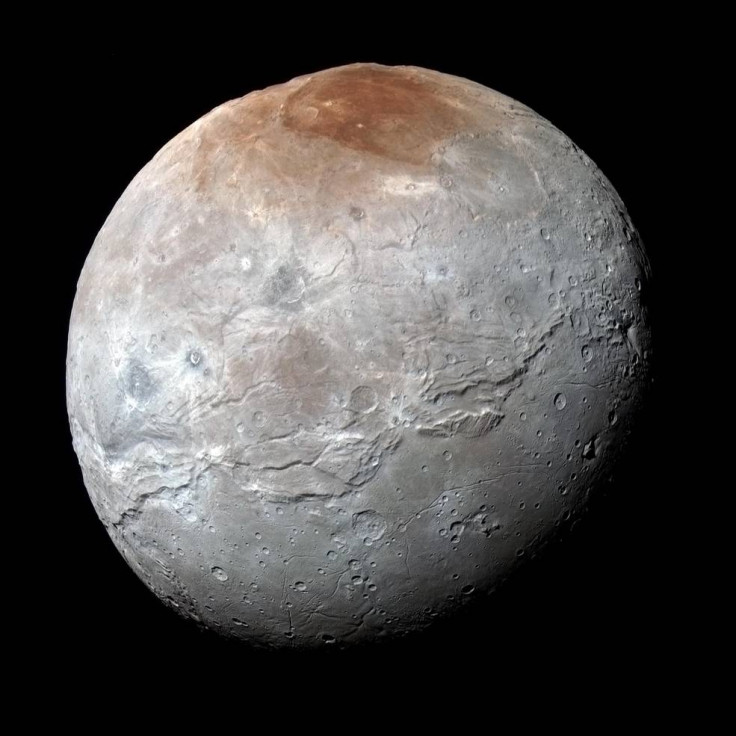Nasa's New Horizons probe reveals frozen ocean may have broken Pluto's moon

According to the latest photographs from the New Horizons space probe, Charon, Pluto's largest moon, may once have hosted a large subsurface ocean. The freezing of this ocean, which would cause it to expand, could be to blame for distinctive, visible cracks on the moon's surface.
Charon's surface was photographed by the New Horizons's Lorri (Long-Range Reconnaissance Imager) camera as the spacecraft flew past the moon in July 2015, at a distance of 48,900 miles (78,700km). The chasms are the longest ever observed in the solar system, Nasa said.
The detailed pictures show a system of "pull-apart" tectonic faults on the moon's equator. These faults and fractures run at least 1,100 miles (1,800km) long and in places there are chasms a staggering 4.5 miles (7.5km) deep. By comparison, the Grand Canyon is 277 miles (446km) long and just over a mile (1.6km) deep.

"Charon's tectonic landscape shows that, somehow, the moon expanded in its past, and – like Bruce Banner tearing his shirt as he becomes the Incredible Hulk – Charon's surface fractured as it stretched," a Nasa press release stated.
The frozen water (not ice as we know it on earth) that coats Charon's pitted surface was once kept relatively warm by the heat of the newly-formed body. It's possible that water deep below the surface got warm enough to form a liquid ocean. Later on, this formation heat dissipated and would have left the subsurface ocean frozen rock-solid – cracking the moon as it expanded and strained to find space.
Charon, half the size of Pluto, is closer in size to its host planet than any other satellite in the solar system. Instead of orbiting Pluto in the usual way, the two worlds face each other and spin around a common point in between.
Instead of having a crater-pocked surface (like our own moon), Charon has a variety of surface textures and features.
© Copyright IBTimes 2025. All rights reserved.






















